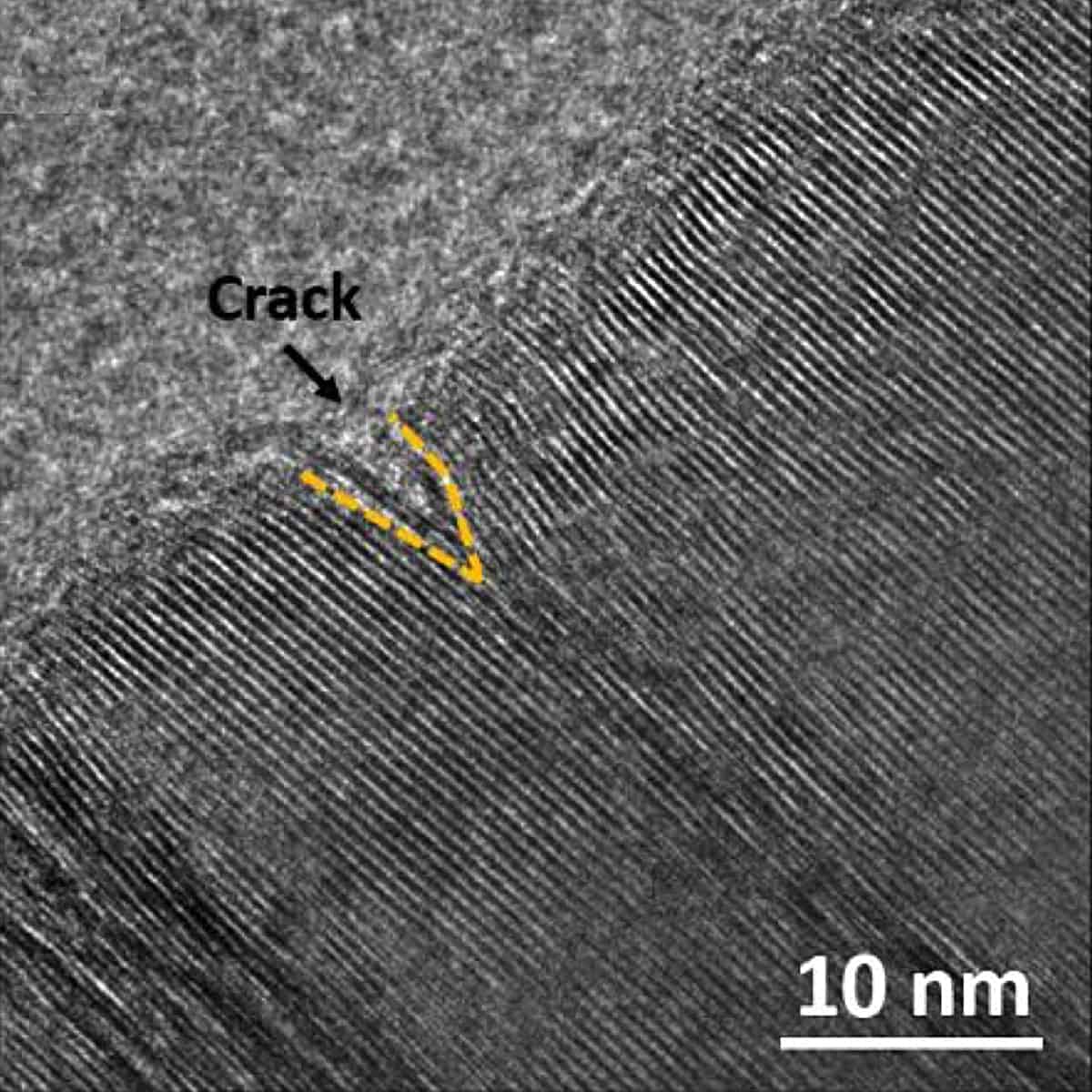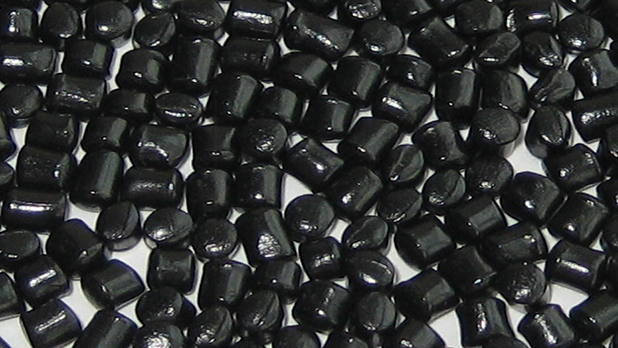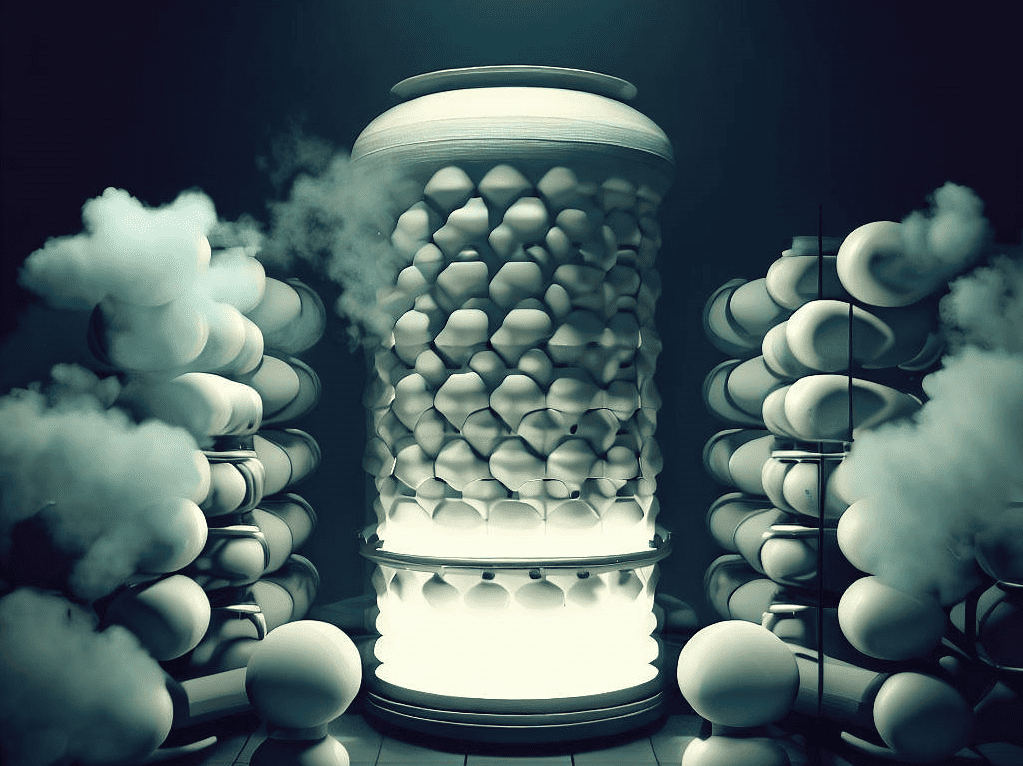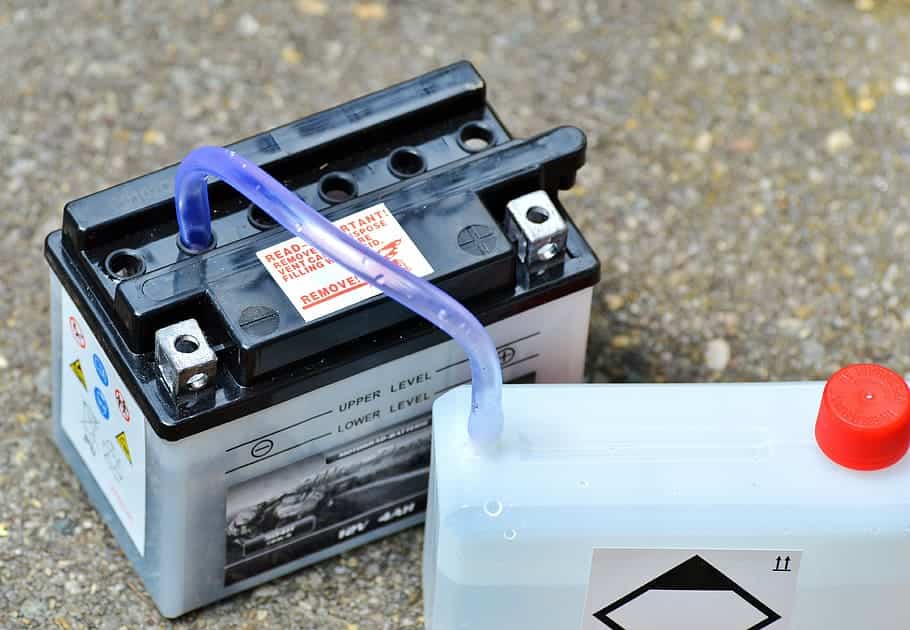
Researchers from IIT Bombay have developed a high-performance, cost-effective, and environmentally friendly cathode material for Sodium-ion (Na-ion) batteries. By altering the Na-TM-oxide structure in Na-ion battery cathodes, the scientists have addressed air/water instability issues, paving the way for sustainable energy storage systems for various applications, including electric vehicles. Their findings were published in Advanced Energy Materials. The significance of Na-ion batteries in India is enhanced by the country’s abundant Na-sources. The new findings are expected to facilitate the widespread development of high-performing, cost-effective Na-ion battery systems through environmentally friendly processing of electrodes.
Overcoming instability challenges in Na-ion batteries
Na-ion batteries have immense potential for use in resource-friendly, safe, and sustainable alkali metal-ion battery systems beyond conventional Lithium-ion systems. However, the electrochemical behaviour and stability of the current Sodium-transition-metal-oxide (Na-TM-oxide) based cathode materials require improvement for broader Na-ion battery adoption. The lack of stability in these materials poses challenges in handling, storage, and negatively impacts their electrochemical performance, necessitating the use of toxic, hazardous, and expensive chemicals for electrode preparation.
Introducing interslab spacing and tuning TM-O bond covalency
Prof. Amartya Mukhopadhyay’s group at IIT Bombay, supported by the Science and Engineering Research Board (SERB) and the Department of Science and Technology (DST)’s Materials for Energy Storage scheme, has overcome these challenges by evolving a “universal design criterion” for environmentally stable, high-performance cathodes for Na-ion battery systems. The researchers have proposed a change in the alternate slab layered structure of the Na-TM-oxide cathode material by introducing “interslab” spacing, achieved by tuning the TM-O bond covalency.
Adjusting covalency degree for improved stability and performance
The findings published in Chemical Communications demonstrate the importance of adjusting the covalency degree to modify the net/effective negative charge on oxygen ions (O-ions), thereby affecting the electrostatic attraction between sodium ions (Na-ions), O-ions, and the repulsion between O-ions across the Na-layer. Reducing the TM-O covalency and increasing the net negative charge on O-ions strengthens the electrostatic attraction between Na-ions and O-ions, resulting in a stable, shorter Na-O bond and reduced “inter-slab” spacing, which leads to improved air/water stability.
Health and environment-friendly processing routes
This new design allows for health and environment-friendly, cost-effective “aqueous” processing routes for water-stable cathodes, as demonstrated in a publication in the Journal of Materials Chemistry A. By contrast, increasing the TM-O bond covalency decreases the effective negative charge on O-ions, resulting in a weaker, longer Na-O bond and enlarged “inter-slab” spacing, facilitating faster Na-transport kinetics and enhancing the cathode’s rate capability. This promises a significant increase in power density for Na-ion batteries, making them more competitive for various applications.
Implications and future developments
The breakthrough achieved by the IIT Bombay researchers is poised to revolutionize the development and adoption of Na-ion batteries for a wide range of applications, including consumer electronics, grid energy storage, renewable energy storage, and electric vehicles. The new high-performance cathode materials exhibit remarkable electrochemical cyclic stability and air/water resistance, enabling the creation of cost-effective, sustainable energy storage systems. As India has an abundance of Na-sources, this development is particularly significant for the country, paving the way for a more sustainable and efficient energy storage future.








